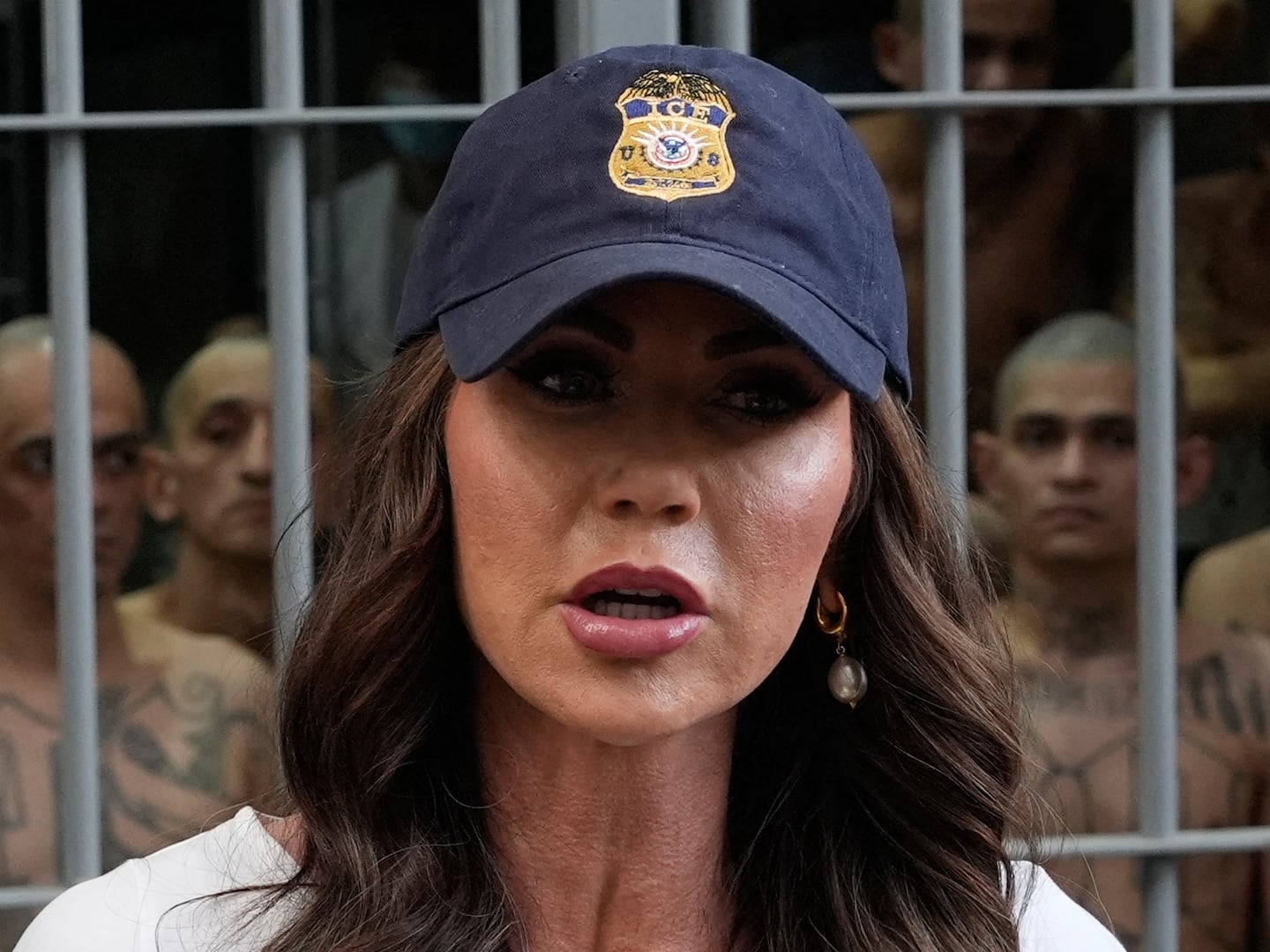To think that it once took only a single cranky shark to scare the entire country. Of course this was 40 years ago, which to a digital Millennial might as well make it 99 BC. No but really – long before we were all laughing our pants off at “Sharknado” and its recent SyFy Channel sequel (and, ugh, sequels to come) and also long before annually gluing ourselves to the couch for those silly “Shark Weeks” on the Discovery Channel (this year’s started on Aug. 10), “Jaws” as book and then movie had the nation biting its nails up to the elbow.
Perhaps we can call them Days of Innocence, as we refer to just about any time prior to last month. In the ’70s, “Jaws” was so huge as a novel that it just had to become a movie, and fate worked it out so that the film marked the ascension to superstardom of Steven Spielberg, whom I first encountered lying on a sand dune, his hands clasped behind his head, waiting for the actress who played the shark’s first victim to make her near-naked appearance on the beach.
She sent word that she was shy and so everybody not involved in the shot — one of the first in the movie but one of the last to be done — had to leave. That naturally included me. I had traveled to Martha’s Vineyard for a then-major metropolitan newspaper to do a story on the filming of “Jaws” and the effect this was having on the quaint little island where, it happened, the wealthy publisher of the paper had a huge estate. I was decidedly not invited to visit during my trip.
Instead, I stayed in a bed-and-breakfast kind of place near the sea, so near that everything in it felt damp all the time. It’s a damp island but, of course, very popular as a vacation spot — for presidents, among others, including Barack Obama, and for generations of African American families, as celebrated in the 1994 movie “The Inkwell” about a black family’s 1976 summer there.
In 1974, the shooting of “Jaws” turned the island into a more popular tourist site than it already was and also sent the locals, the cliff dwellers, the people who lived there even in the winter, into tizzies. Many stories had been done about the film running over-budget and beyond the shooting schedule, but not much had been done about how a Hollywood invasion affected the Vineyardians.
What I’ll never forget about the assignment is the way my editor presented it to me. He’d read that mechanical sharks were going to be used in the film because, obviously, you couldn’t feed actors to real ones, and they’re hard to train, too (sharks, not actors — or, okay, both). With a straight face, this editor — a type-A who chain-smoked, chain-drank coffee and died young of a heart attack as everybody knew he would — told me to find these mechanical sharks and see what effect they were having.
Were they, he wanted to know, running amok on the quiet streets of the Vineyard, scaring the daylights out of locals and visitors alike as they careened out of control with computerized fangs flashing? That crazy image stayed in my mind all the way up from Washington on a train, which I fell out of in Providence, R.I.
The only trains I’d been on were Metroliners (now “Acelas”), which had entrances and exits in every car. But this was a real train, and I didn’t know you had to make your way through several cars to the one that had the exit and the little stairway thing – so I just opened a door near my little compartment marked “Don’t Open” and made a jump, with a bag in each hand, to the cement platform fairly far below, landing on my knees in an unseemly crouch. I was bleeding but too embarrassed to wait there for help.
Eventually I got off the ferry that takes you from Woods Hole to the Vineyard and there was met by the unit publicist for the film. I don’t remember his name but I never heard it again in all my years of covering TV and movies. He was not a pleasant guy, and he just laughed when I asked him, “Which way to the mechanical sharks?” explaining that my editor back in Washington was obsessed with these animatronic wonders — or horrors, as the case may be –– and I couldn’t return home without finding them.
The publicist just smiled an idiotic smile and told me that college co-eds on the island, hanging around the movie set, were remarkably easy to talk into bed. Oh. But that wasn’t really something that could be reported upon in an august urban newspaper. No, I wanted to see the damn sharks.
For a week I haunted the byways of the Vineyard searching for the shark-hiding place. No one seemed to know. Eventually a local photographer who specialized in weddings told me that the shark shack, the workshop as it were, was located in a barn directly behind my hotel. It had been within walking distance the whole time! So much for my nascent investigative journalism.
The photographer was a great guy, somewhere in his sixties I guessed, who was game as can be when it came to launching a clandestine expedition into the Sharkporium. We decided the best time would be mid-day, when most of the movie crew and technicians, as well as Spielberg and his gang, would be at lunch. We set upon a plan: when we got to where the sharks were, I would engage whoever was on duty in a conversation, and now and then I would cough loudly as a way of covering up the sound of the camera’s shutter as the photographer snapped away.
What greeted us first as we walked slowly up the steps to the second floor of the barn was a sign: “Beware! Turn Back! Genital-Devouring Fungo Bats!” That seemed actually more playful than threatening. We kept going up until we found ourselves in a vast Sharkarama, a huge loft with fake sharks hung from hooks everywhere. Some of them had their sides removed and their interior electronic guts hanging out — great pictures, if only the wedding photographer would get them.
Well, he got them, all right. He was a lot less scared than I was. I did as we rehearsed, pretending to be a tourist and coughing frequently while talking to a guy at a workbench tinkering with wires and diodes (whatever a diode is) and shark innards. Lots and lots of tubing. We got our pictures and I felt a tremendous sense of accomplishment, especially once we were away from the barn and the threat of a fungo bat attack.
That creepy publicist visited me the next day. He said Mr. Spielberg was very displeased and wanted me to leave the island. Oh really? Mr. Spielberg wanted me to leave the island? Big frickin’ deal. I’d already talked with Mr. Spielberg and didn’t need any more quotes from him, and I’d met the actors – Richard Dreyfuss, Roy Scheider, and Peter Benchley, who’d, of course, written the book and had a small cameo. (I didn’t see Robert Shaw, who may have finished his scenes by that time).
So although my reporting was done, I was damned if I was going run away as if afraid of some Hollywood hot shots. I stayed another day. I’d show them. The photographer, meanwhile, had given me the exposed rolls of film with the precious shark pix on them and I carried them around as if — well “as if,” nothing; they were priceless.
One night, in fact, I was certain I was being followed as I drove from one side of the island to my hotel on the other. No shots rang out in the night, however. Nobody forced me off the road and then grabbed the rolls of film out of my pocket.
Since this is about a movie: Dissolve to — the nation’s capital, where I arrived proudly with my notes and the wedding photographer’s film. Then a sad thing happened. The paper was The Washington Post and, at the time, the top editors, including Ben Bradlee, were engaged in rather a big story involving Richard Nixon and a break-in at a hotel and so on.
The way this affected me was that the sleazy Hollywood publicist called Bradlee and told him a passel of lies, including that I had solemnly promised not to go near the fake sharks nor try to have pictures taken of them. Of course my very first words to that creep had been, “Which way to the mechanical sharks?” I told this to Bradlee. I also told him that if he didn’t publish those photos in The Washington Post, similar shots were sure to show up in Time magazine the following week (I used Time as the most likely possibility).
Clearly the publicist had simply promised such pictures to a bigger outfit and that’s all that he was worried about — pissing off a national magazine.
Up to Bradlee's famous 'left one,' in Watergate, understandably preoccupied with that and the fate of the republic and not wanting to get distracted by a relatively minor tussle with a Hollywood studio, Bradlee atypically capitulated and promised not to run the pictures. And we didn’t. And the next week, yes, there they were in — guess where — Time magazine.






